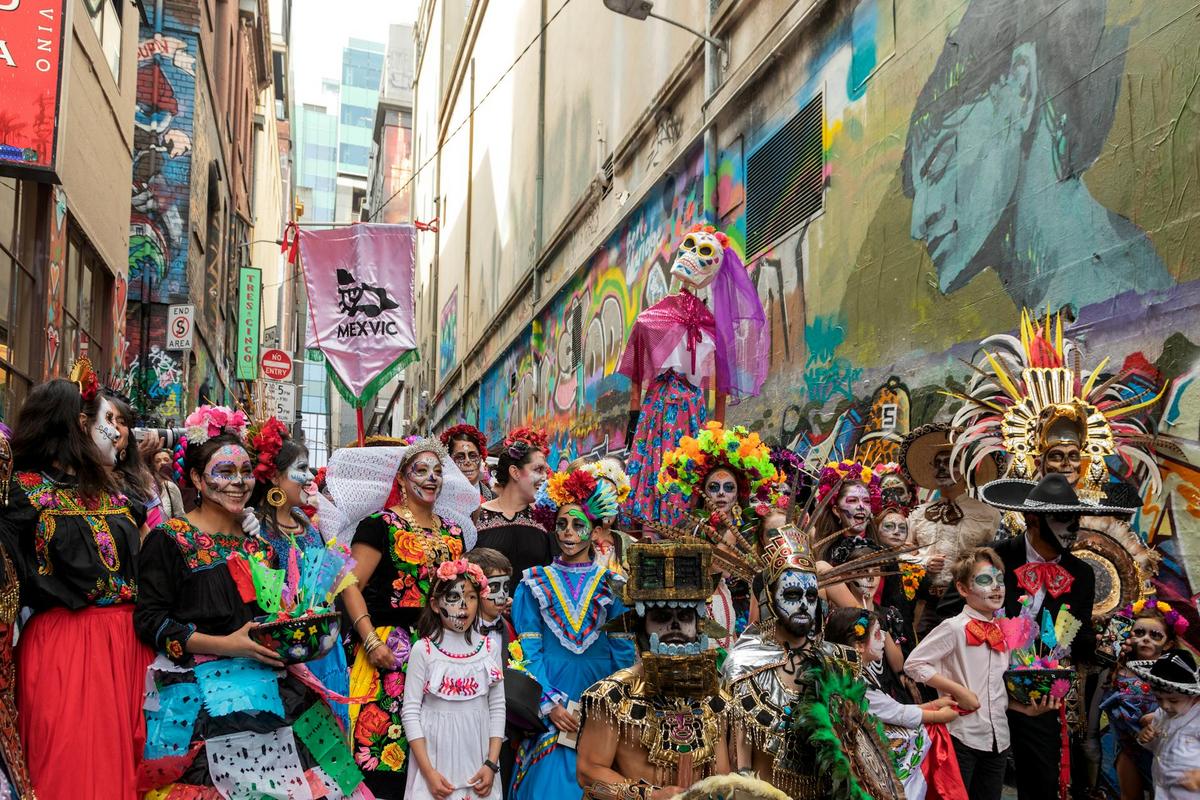
Interactive Street Art: Engaging the Public
Street art has evolved from simple graffiti into a dynamic form of public expression that captivates audiences and transforms urban landscapes. Among its many forms, interactive street art stands out for its ability to engage the public in meaningful ways.
Interactive street art is more than just visual appeal; it invites participation and dialogue. This form of art creates a bridge between the artist and the audience, often prompting viewers to become part of the artwork themselves.
The Power of Engagement
According to art historian Dr. Lisa Anderson, interactive street art has the power to transform passive observers into active participants. ‘It creates a communal experience that can be both thought-provoking and entertaining,’ she notes. This form of art often utilizes elements such as augmented reality, sound, and motion to engage viewers.
Statistics on Public Engagement
A study by the Urban Art Network found that cities with interactive street art installations reported a 25% increase in foot traffic to those areas, highlighting the potential economic benefits. Additionally, these artworks often encourage repeat visits and social media shares, further expanding their reach.
Examples of Interactive Art
Consider the vibrant murals in San Francisco, where artists use mobile apps to bring static images to life. In New York, a mural invites passersby to scan QR codes, triggering an audio tour that shares the stories behind the artwork.
Actionable Tips to Experience Interactive Street Art
- Explore local art districts, which often feature interactive installations.
- Use social media to discover new street art locations and updates.
- Participate in community art projects to become a part of the creation process.
Conclusion
Interactive street art is a vibrant and engaging way to experience the world around us. It not only beautifies public spaces but also fosters community involvement and dialogue. By exploring these installations, individuals can gain a deeper appreciation for both art and their urban environment.
Frequently Asked Questions
What is interactive street art?
Interactive street art involves elements that engage viewers, often through technology or participatory activities.
Where can I find interactive street art?
Many urban areas have designated art districts or public spaces dedicated to street art, often featuring interactive installations.
How does interactive street art benefit communities?
It enhances public spaces, boosts local economies through increased foot traffic, and encourages social interaction and cultural engagement.


